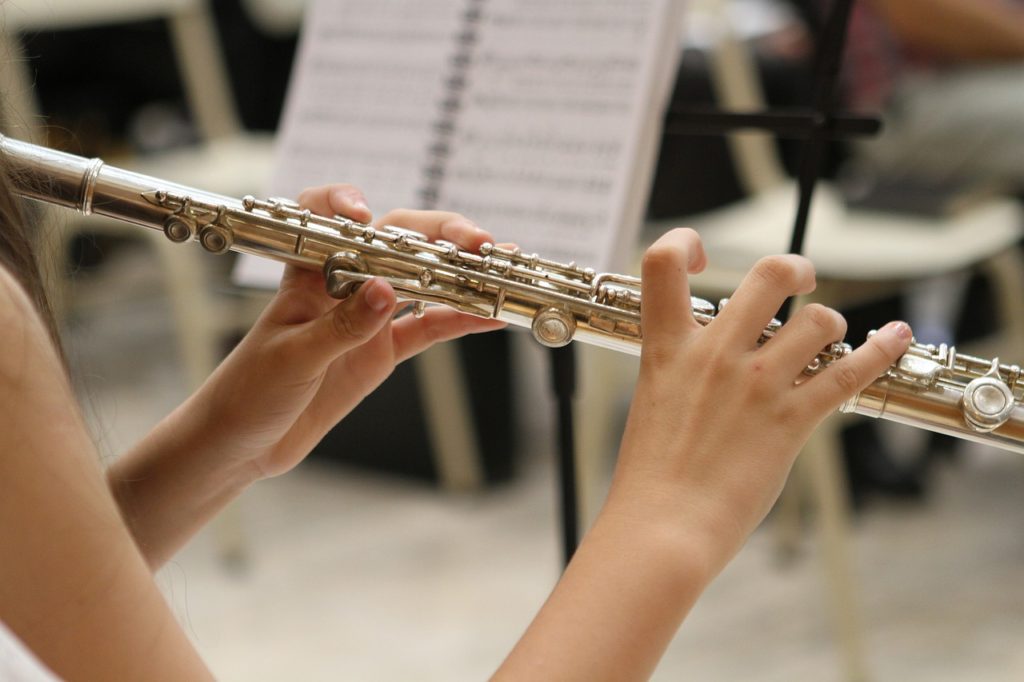Do you want to know what voice type you are? All the voice types discussed in this post are from the pool of male singers used in chorus, opera, musical theatre, and pop music. Some of these male vocalists can sing very high, while others can sing very low. However, it’s the quality of his voice that makes a male singer one voice type versus another. Keep reading “What’s the Key Difference Between Countertenor, Baritone, etc?” to learn what makes a singer a countertenor, tenor, baritone, or bass and how to tell them apart. Estimated reading time 2 minutes.
Read More

